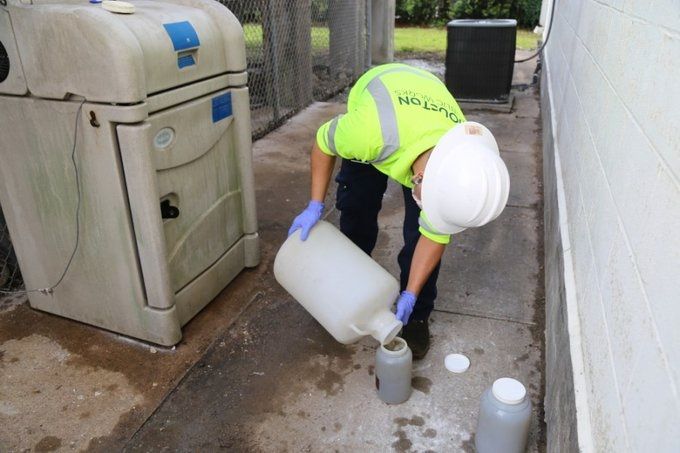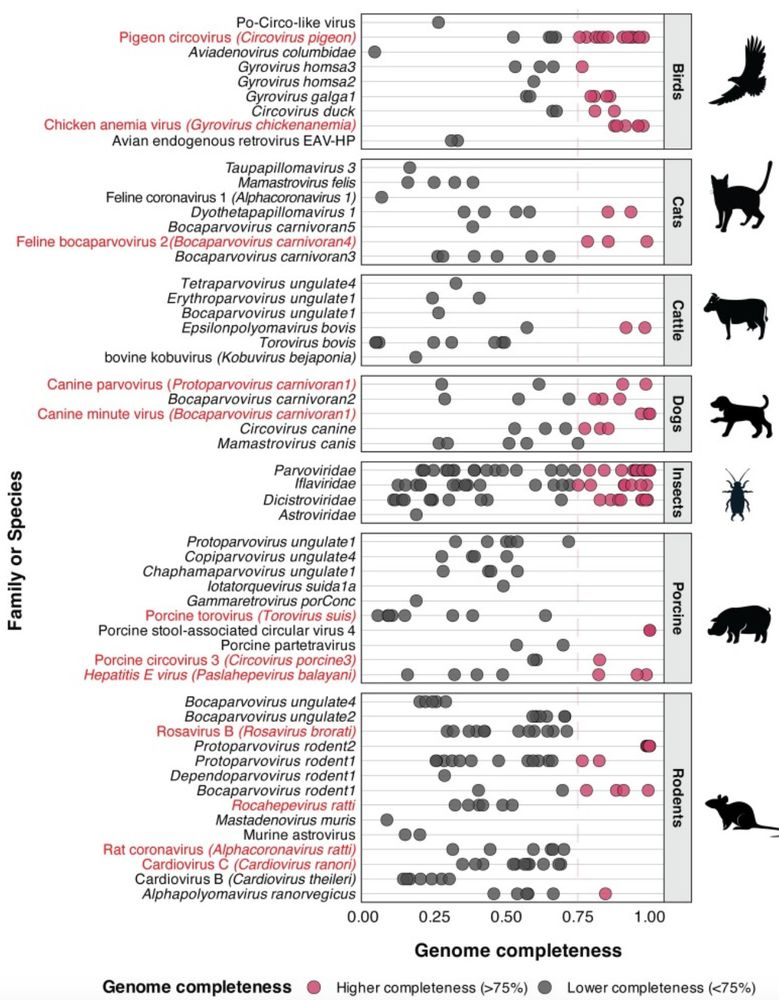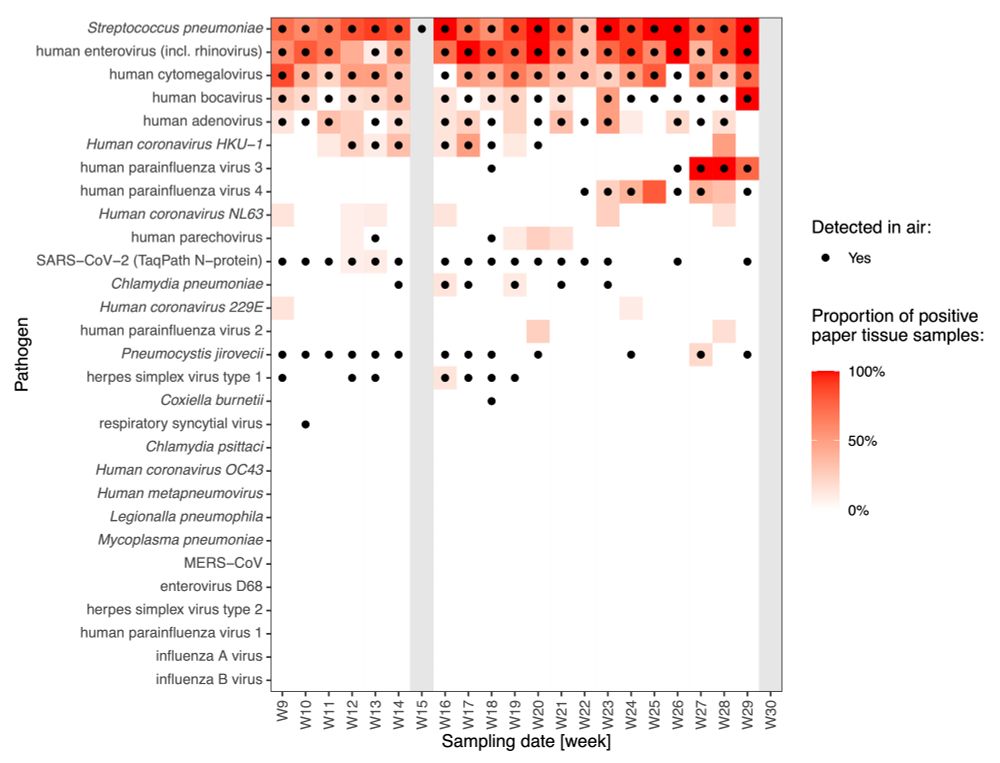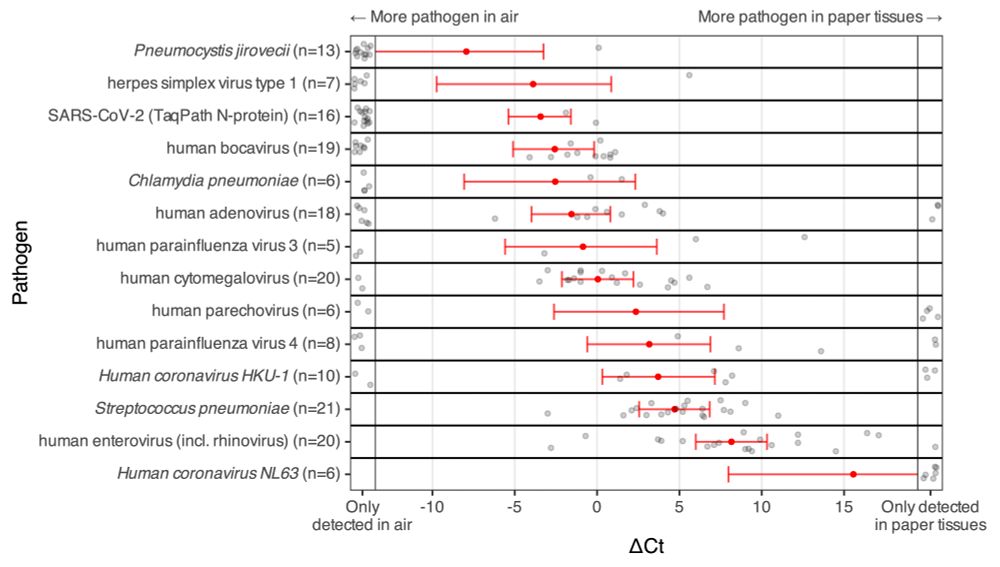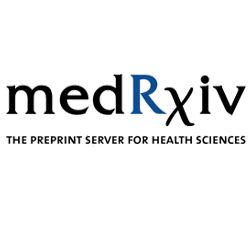Mustafa Karatas
@karatasmustafa.bsky.social
35 followers
60 following
10 posts
PhD student and #FWO fellow at Laboratory of Metagenomics, Rega Institute, KU Leuven, Belgium.
Working on environmental surveillance of viruses using #metagenomics #viralmetagenomics
Posts
Media
Videos
Starter Packs
Pinned
Reposted by Mustafa Karatas
Reposted by Mustafa Karatas
Reposted by Mustafa Karatas
Reposted by Mustafa Karatas
Reposted by Mustafa Karatas
Jason Moore
@moorejh.bsky.social
· Apr 20

Clinical translation of microbiome research - Nature Medicine
This Review summarizes recent and compelling examples of microbiome-based interventions that are ripe for clinical adoption while also discussing the challenges and opportunities facing the field.
www.nature.com
Reposted by Mustafa Karatas
Reposted by Mustafa Karatas
Caspar Geenen
@caspargeenen.bsky.social
· Jan 30

Untargeted viral metagenomics of indoor air as a novel surveillance tool for respiratory, enteric and skin viruses
Conventional hospital-based infectious disease surveillance struggles to detect mild or asymptomatic infections and incurs high costs for large-scale testing during outbreaks. In contrast, environment...
www.medrxiv.org



